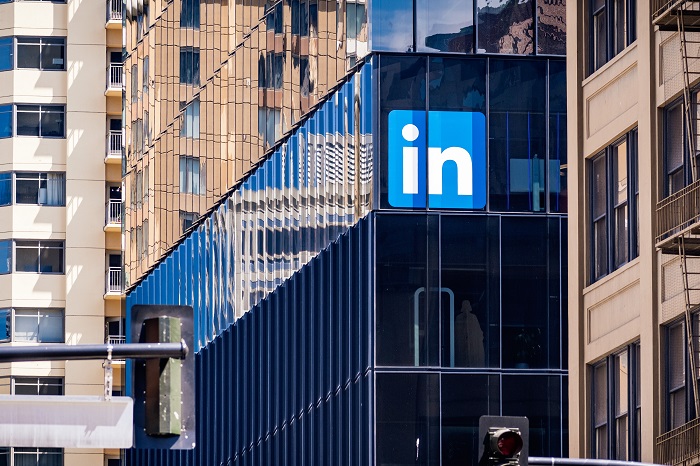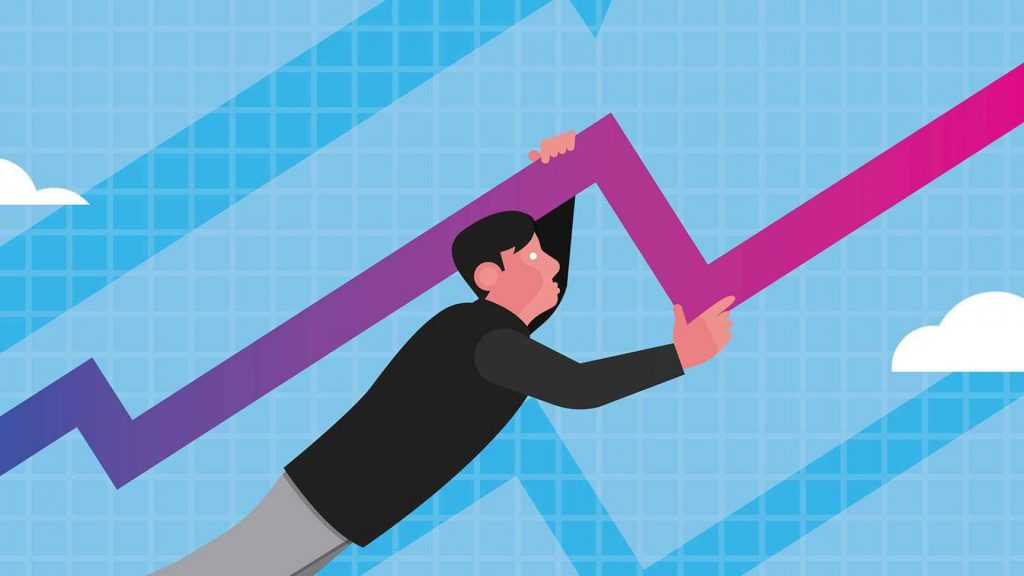
LinkedIn Insights # 1: What Is SSI And How To Increase It?
With this article, we are opening a series of publications in which we will tell you about the “tricks” of LinkedIn, we will share insights that will allow you to use the network more effectively for lead generation and sales.
What is SSI (Social Selling Index): Origins
Any social network is interested in users spending as much time as possible on it, and businesses actively ordering advertising to promote their products and services.
LinkedIn, as the largest network for professionals, is no exception. With more than 500 million users, over the past 4-5 years, the network has been actively trying to increase the percentage of people who enter the site not only when it is necessary to “refresh” their resume or see “what recruiters are writing there”, but also in order to get information , which may be important and necessary for users.
Therefore, just over 5 years ago, LinkedIn focused on the development of the news feed and the creation of a system that would facilitate the placement of professional content on the network, allow users to differentiate according to their level of online activity and create conditions for the effective identification of those who are simply engaged in spam.
So, in 2015, LinkedIn introduced a profile scoring system that determines the SSI or Social Selling Index for each user. According to the index, all LinkedIn profiles get their score from 0 to 100 in 4 categories, where each category can add a maximum of 25 points to the total piggy bank.
If you are using a paid subscription, Sales Navigator, your index information will be available on the main navigator page in the upper right corner.
The parameters that LinkedIn evaluates to form the index are as follows:
- Create a professional brand.
- Engage with insights.
- Find the right people.
- Build strong relationship.
What does SSI Affect?

As mentioned above, LinkedIn is interested in the fact that users spend more time online, have a professional approach to the development of their personal brand, and be less attacked by spam mailings from those who are engaged in regular spam.
A high SSI level will help you:
- More often get into the list of recommended contacts for the invitation. It is the high level of the index (among other direct parameters such as work in the same company, study at the same university, etc.) that will allow you to be at the top of the Recommended for you list on the Network tab.
- Strengthen the position of publications in the issue of the news feed. The more your SSI ID, the more priority your publications will be in the general news feed. LinkedIn wants to serve trusted and professional content to its users that is more likely to be posted by users with a high SSI.
- Reduce the risk of account restrictions when actively adding contacts online, even if contacts say they don’t know you. The main limitation that LinkedIn imposes on profiles that actively add users as friends is the need to indicate the person’s e-mail when requesting to add. This restriction can be temporary or permanent, depending on the “severity” of the LinkedIn policy violation and past warnings.
- Strengthen your position in negotiations with technical support to remove restrictions from your account, if it was still blocked. Our practice shows that an account can be limited 3-4 times until it is completely blocked. When writing a letter to technical support to find out the reason for the limitation, you can always refer to your high SSI index.
How do I Increase my SSI?
LinkedIn does not disclose the algorithm for calculating the index, providing only general information about the factors that may affect its growth. If you paraphrase the SSI categories as questions, you get the following:
- Create professional brand – how developed is your profile?
- Engage with insights – how often do you publish online content that resonates online (likes, shares, comments)?
- Find the right people – how does your network of contacts match your profile (skills, position, keywords)?
- Build strong relationship – how actively is your network growing?
The simplest, from the point of view of understanding and achieving the maximum result (25 out of 25), is the “build strong relationship” parameter. In fact, all the profiles that we have ever developed for ourselves or our clients reached their maximum within 2-3 weeks. If you send about 50-100 friend requests and use note message, you are most likely to reach the maximum.
Your social activity, namely the number of posts that contain information relevant to the profile, activity around your posts (likes, reposts, comments), participation in discussions in groups and under the posts of other users – these are factors that directly affect the value of the index in the part “engage with insights”.
Practice shows that 1-2 publications per week, which lead even to external sources, will be sufficient to keep the “engage with insights” indicator at the level of 10-15 points. To achieve better results, you will need:
- Publishing articles on the LinkedIn platform itself.
- Real audience engagement – likes, comments, posts and reposts of your articles on LinkedIn (primarily, you can achieve it using accounts in your network).
- Variety of published content: texts, videos, articles, links.
- Regularity of publications – 2-3 articles per week will be sufficient to maintain a high level.
The parameter that directly tells all LinkedIn users that it’s time to switch to paid products is “find the right people”. LinkedIn analyzes how relevant your network of contacts is to your profile. We are talking about the coincidence of skills, education, position, keywords and other parameters. Another indicator that affects the index is the rate of refusal to add you as a friend. If you have a lot of Pending requests that you sent to people from search, this can negatively affect the metric.
The most difficult and long-lasting parameter to maximize is the “create a professional brand” parameter. In addition to 100% fullness of the profile (static characteristic), you will also need other activities, such as receiving and issuing recommendations, confirming your own and other people’s skills, and others. Also, LinkedIn talks about the need for “sharing insights” to create a professional brand, which directly resonates with another parameter that is included in SSI.
When completing any projects, we recommend that you ask your clients for recommendations that they can post on your profile. The maximum filling of the profile with details is a basic condition for the development of a professional brand …
Сonclusions
When working with your LinkedIn account, you should periodically check your SSI. This will allow you to adjust your online behavior and build your social capital without risking losing being blocked by LinkedIn for being overly active in one direction – expanding your network.
To live is to give – this principle works even on LinkedIn.
